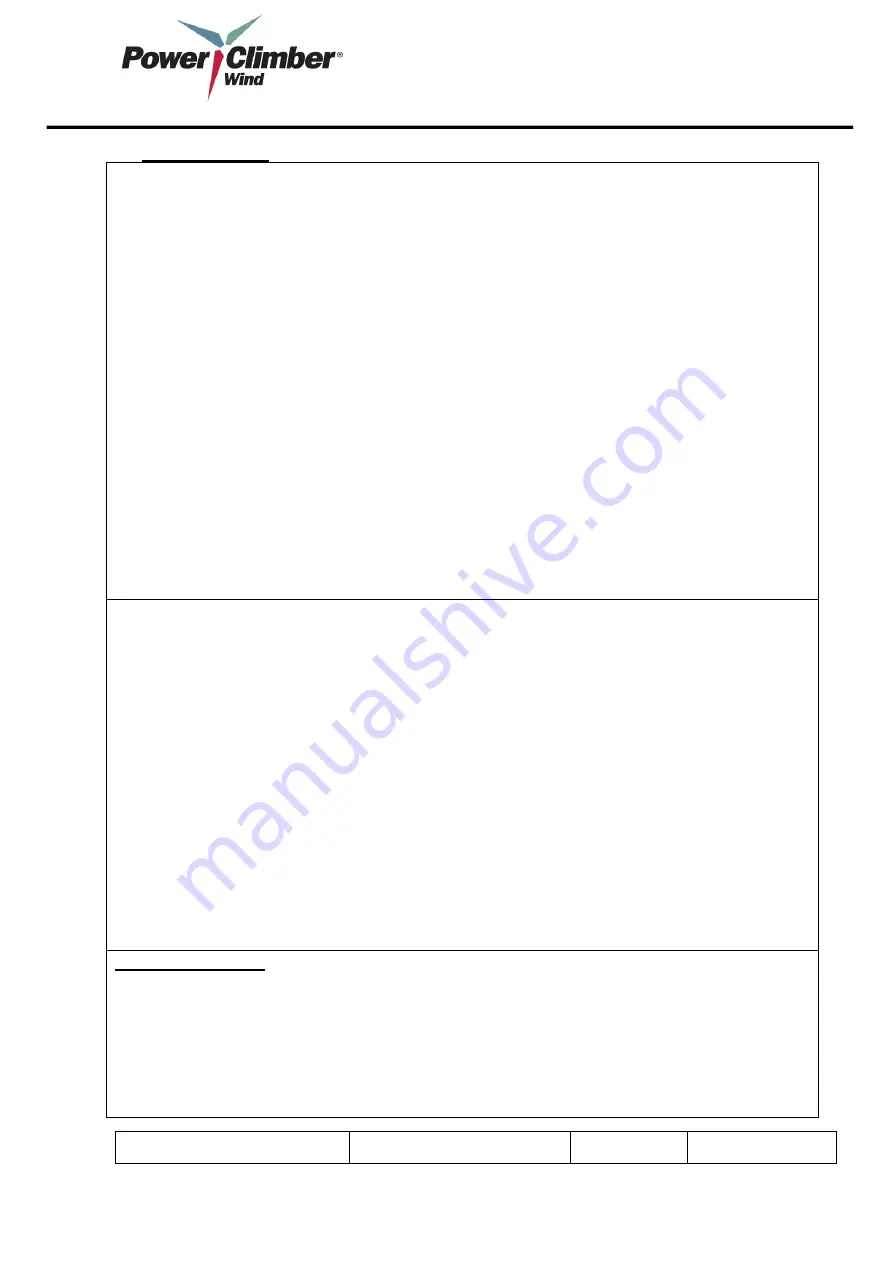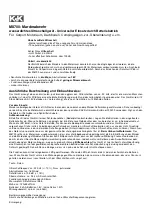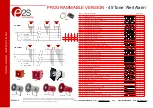
Reference: 38741
Issue date: 2018-JUL-24
Revision: L
Page 31 of 37
10. Maintenance
ROUTINE MAINTENANCE:
At least every 3 months under normal use, or 50hrs, whichever comes first.
Note: No specialised training is required to perform this basic maintenance.
1) Check all plugs socket connections of the hoist and Central Control Box for any
signs of water penetration.
2) Make a general inspection of hoist for excessive wear and damage.
3) Remove main cover and inspect mechanism for any signs of excessive dirt and
corrosion. If required, blow out with air or rinse with water.
4) Check that traction
roller rotates when reeving / de-reeving the steel wire rope
through the hoist.
5) Check the slack rope safety device for excessive dirt and corrosion. If required,
blow out with air or rinse with water. Check that the slack rope lever can move
smoothly up and down. If necessary, lubricate with a dry wax-based spray lubricant.
6) Replace main cover.
7) Carry out the Daily Check List before using the platform.
8) Write a maintenance record indicating:
Any discrepancies noted and action taken.
Hour meter reading of the hoist.
ANNUAL MAINTENANCE:
to be carried out by an authorized service centre or level 3 trained person
1) Completely strip the hoist, clean and inspect all parts for wear and damage.
Replace worn parts when necessary.
2) Clean, lubricate and re-assemble the hoist. Particular attention must be given to
the slack rope safety device.
3) Place the hoist on a test rig and test that it can lift the rated Working Load Limit.
4) Check all plugs socket connections of the hoist and central control box for any
signs of water penetration.
5) Reinstall the hoist and control box back on the platform and carry out the Daily
Check List.
6) Write a maintenance record indicating:
Repairs carried out and/or parts replaced.
Hour meter reading of the hoist.
Special conditions:
The frequency of inspection and maintenance also depends upon the environmental
and working conditions:
When working with abrasive, adhesive or corrosive materials (epoxy, paint,
cement, sand blasting, acids, salt water, spraying), the hoist should be protected
with a suitable cover and the daily checklist carried out at least once a day.
Always exercise caution regarding grounding, arcing and insulation, whenever
welding or using electrical equipment.







































